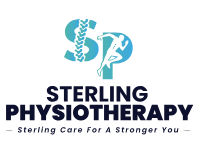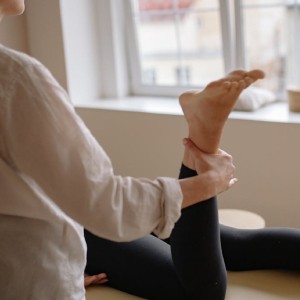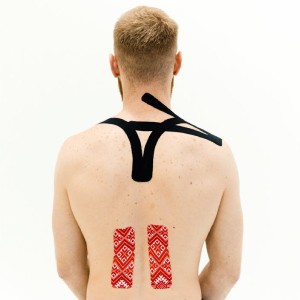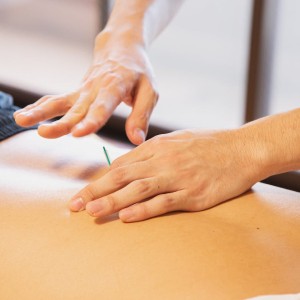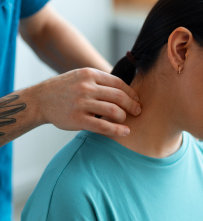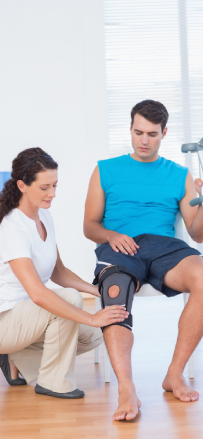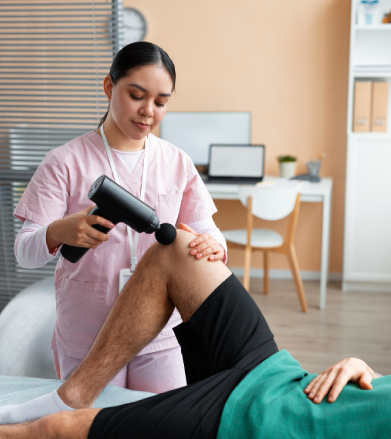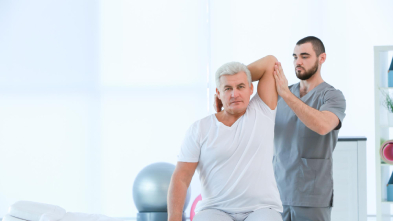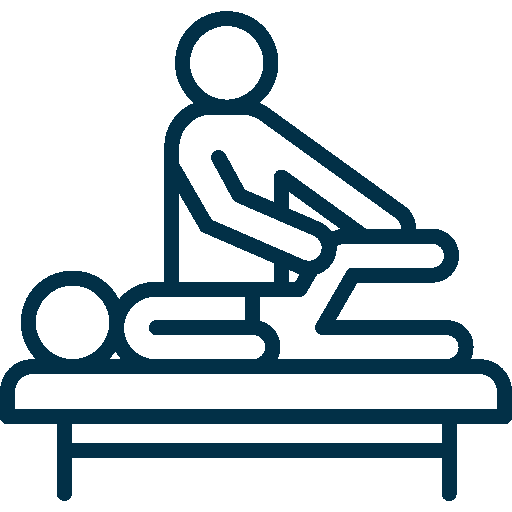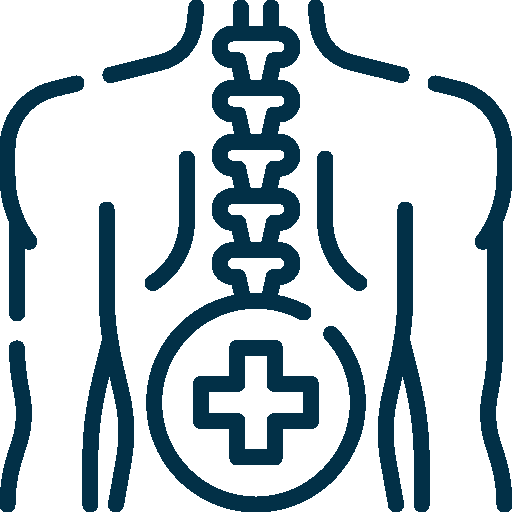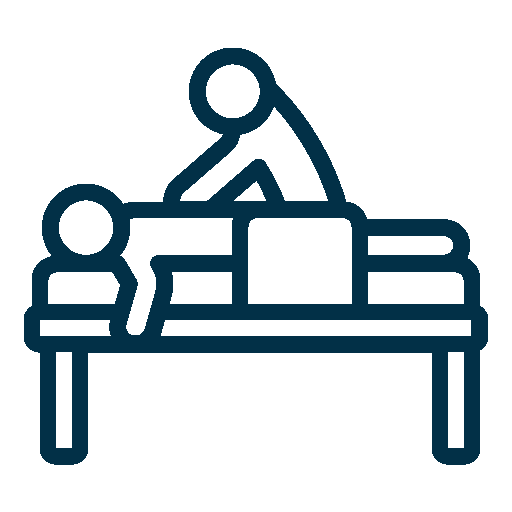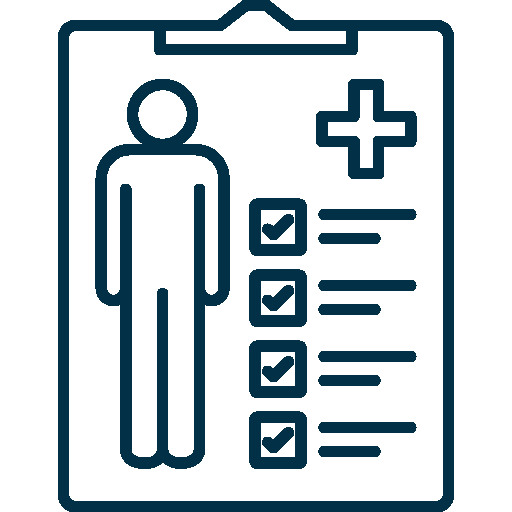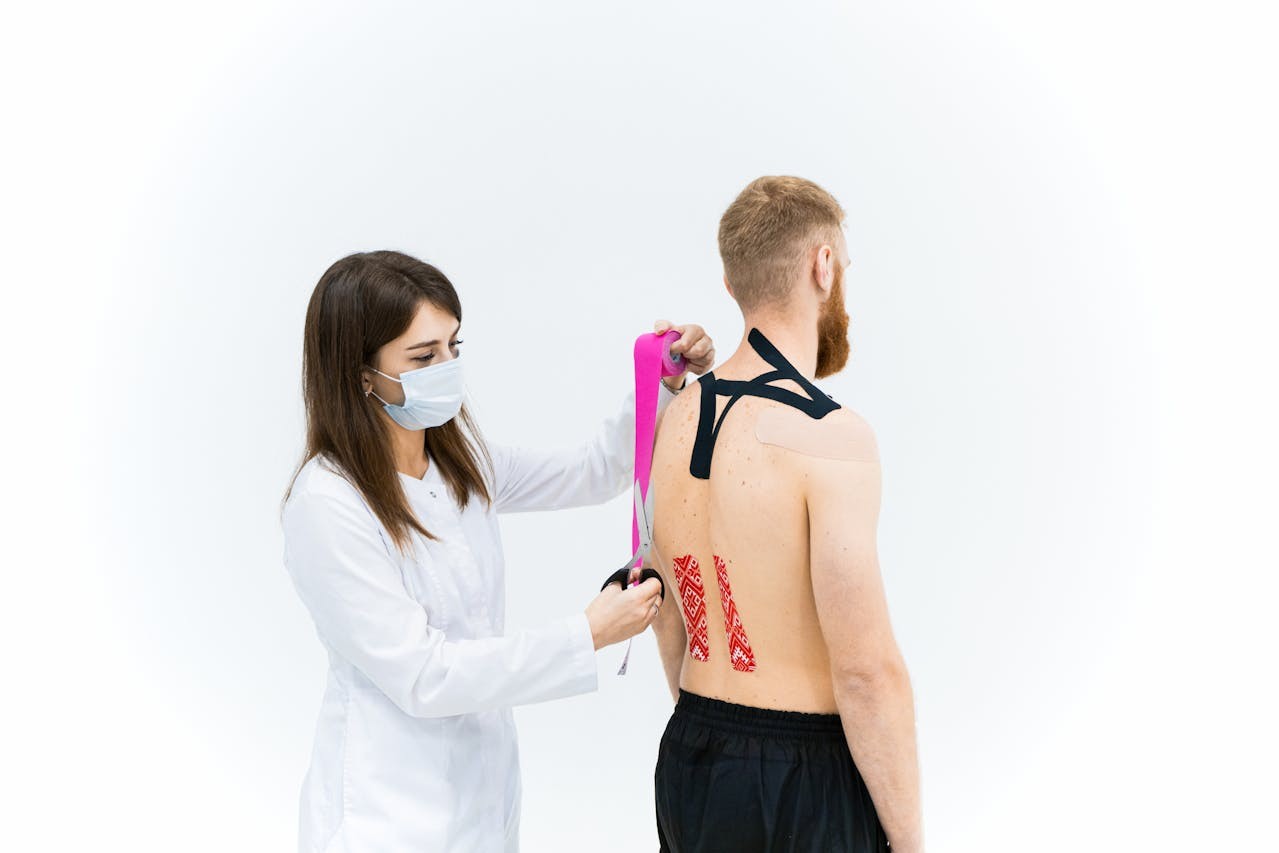Symptoms of Hip Pain
Hip pain symptoms vary depending on the condition but often include:
- Pain: Sharp, dull, or aching discomfort in the hip, groin, or thigh.
- Stiffness: Difficulty moving the hip joint, particularly after periods of inactivity.
- Swelling or Tenderness: Inflammation around the hip joint.
- Weakness: Reduced strength in the affected leg, making it hard to stand or walk.
- Clicking or Popping Sounds: Audible noises during movement, often due to joint or tendon issues.
- Pain Radiating to the Knee or Back: Common in conditions like sciatica or referred pain.
If your symptoms persist or worsen, seeking professional care is essential to prevent further complications and ensure effective recovery.
Risk Factors for Hip Pain
Certain factors increase the likelihood of developing hip pain:
- Age: Older adults are more prone to conditions like arthritis or fractures.
- Repetitive Activities: Sports or occupations requiring repetitive hip movements.
- Injuries: Previous hip injuries or surgeries.
- Obesity: Excess weight places additional stress on the hip joint.
- Sedentary Lifestyle: Weak muscles due to inactivity can contribute to hip issues.
- Poor Posture: Improper alignment of the spine and pelvis affects hip mechanics.

